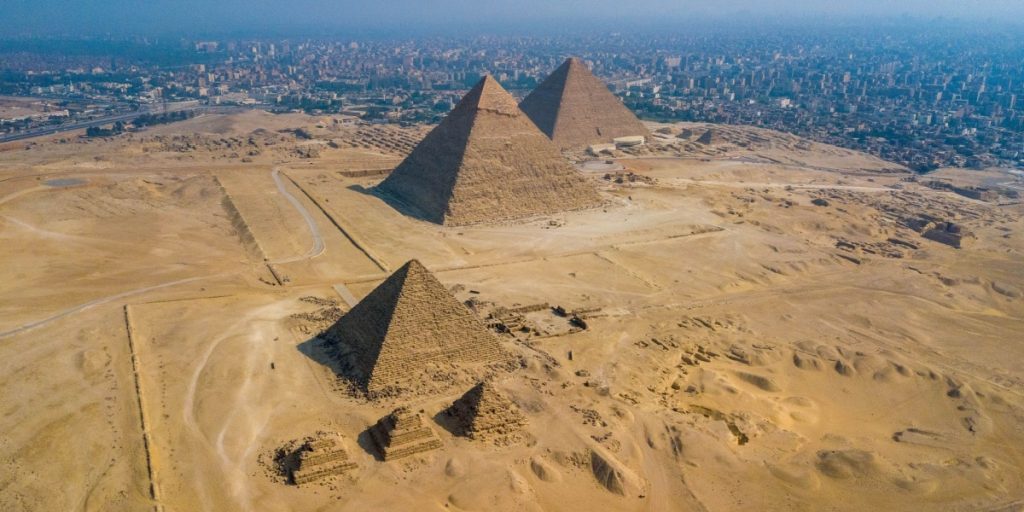New research reveals that not only elites were buried in Egyptian pyramids—laborers may have rested there too.
Others are reading now
For years, historians believed that pyramid burials in ancient Egypt were strictly reserved for pharaohs and the wealthy elite. But new findings suggest that, in at least one case, this theory doesn’t hold up.
Traditionally, pyramids served as grand burial monuments for rulers and their families, built to ensure their safe passage into the afterlife. These structures were often filled with treasures meant to support them in the next world.
However, recent research is now challenging the idea that only society’s most powerful were buried in pyramids.
Nubian Pyramids Tell a Different Story
This unexpected discovery comes from the ancient city of Tombos, located in the region of Nubia—modern-day Sudan.
Also read
Around 1400 BC, after the Egyptian conquest of Nubia, the city of Tombos was established as part of a broader strategy to maintain control and foster integration with the local population—an approach that differed from previous colonial methods.
In a new study published in the Journal of Anthropological Archaeology, Dr. Sarah A. Schrader, a bioarchaeologist at Leiden University, and her team examined ancient skeletal remains from the site.
Their analysis revealed something unexpected: not all individuals buried in the pyramid tombs were elites.
Laborers Among the Buried
While some of the pyramids at Tombos did belong to individuals of high status, likely tied to the colony’s political structure, the researchers also found the remains of laborers. The condition of their bones pointed to intense manual labor, such as construction work or farming—an unlikely background for someone from the elite class.
“This discovery has completely reshaped our view of pyramid burials at Tombos,” Schrader told HISTORY. “We can no longer assume that anyone buried in a pyramid tomb held elite status.”
When asked if it’s possible that high-status individuals might have also engaged in hard labor, Schrader pointed out that there’s no evidence to support that.
She cited the example of Siamun, a scribe buried in Nubia.
His profession, though prestigious, involved little physical effort—and his remains showed no signs of intense labor.
“Sure, it’s possible he had other activities,” Schrader said, “but not the kind that would leave the same physical traces as working long days building a fortress.”
This revelation adds a new layer of complexity to what we know about ancient Egyptian burial customs—especially in colonial regions like Nubia.
It appears that pyramid burials weren’t exclusively for the elite, but may have also included skilled or essential workers who played significant roles in the society of the time.








